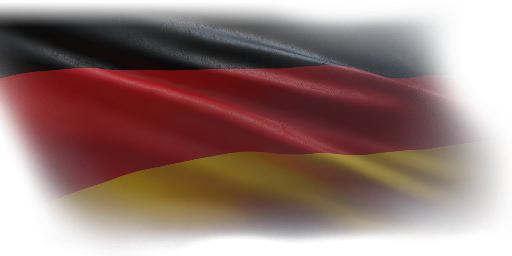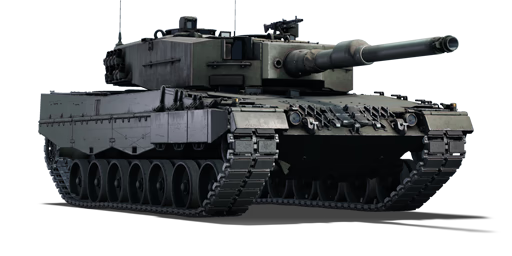The Leopard 2A4 is the fifth variant of the Leopard 2 main battle tank family. The Leopard 2A4 is the most iconic variant, with numerous changes and upgrades over the preceding variants. By far the most popular variant, with over 1,800 units built in eight batches between 1985 and 1992, it surpassed every other variant in numbers. The Leopard 2A4 variant saw multiple significant upgrades, including an automatic fire and explosion suppression system, an all-digital fire control system capable of handling new ammunition types, and an upgraded turret with flat titanium/tungsten armour. All previous variants were later upgraded to Leopard 2A4 standards as well. Until 1994, Germany had 2,125 Leopard 2A4 units (695 new and the rest upgraded older variants), while the Netherlands had an additional 445 units. It was also produced in Switzerland under license. After the Cold War ended, Germany and the Netherlands found themselves with large inventories of tanks they no longer needed. These tanks were sold to nations all around the world. This is why it is the most well-known and widely used variant, and various modernisation packages and programs have been developed for it in recent years.
Introduced in Update 1.79 "Project X", the Leopard 2A4 is an exceptionally distinctive tank design that evolved from the previous Leopard 1 main battle tank physiology, which prioritized mobility over armor protection. The Leopard 2A4 has substantially better protection thanks to the use of composite armour in both the hull and the turret, while still remaining within acceptable weight limitations. Composite armour is a type of vehicle armour made up of layers of various materials such as metals, polymers, ceramics, or air. Most composite armours are lighter than their all-metal counterparts, resulting in less weight while providing the same amount of protection. With its legendary 120 mm Rheinmetall L/44 tank gun, the Leopard 2A4 sets an example for modern main battle tanks, flawlessly balancing protection, mobility, and firepower.
















